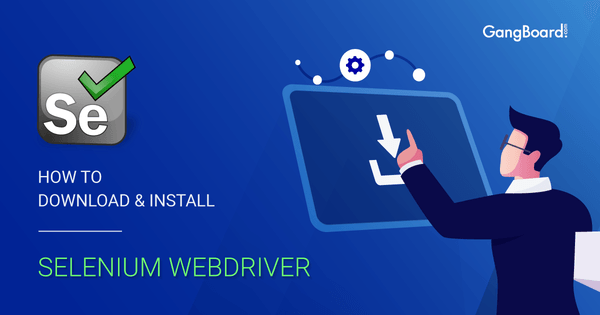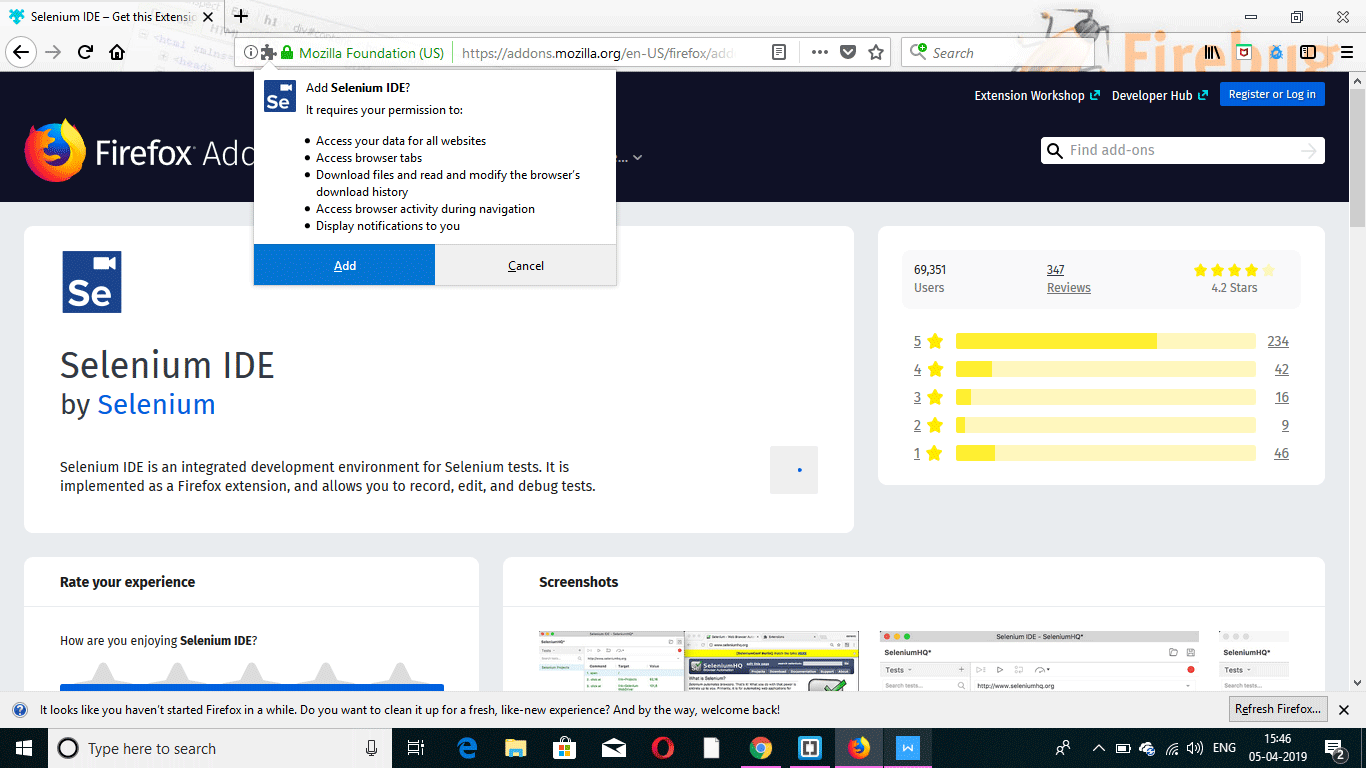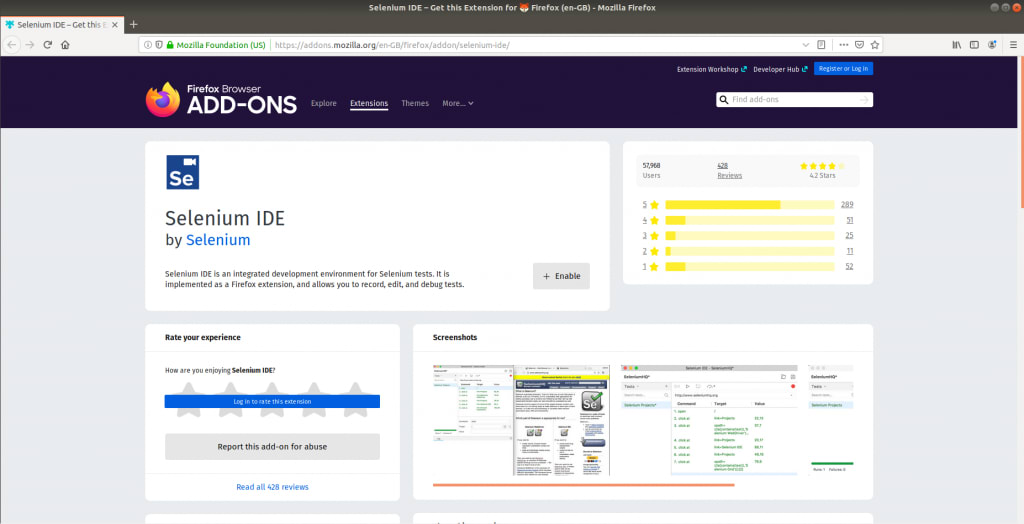

We should have an editor to write the Selenium scripts in Python. To update the existing version of Selenium, run the command: pip install –U selenium. As this is done, a folder called Selenium should get created within the Python folder. To install the Selenium bindings in our system, run the command: pip install selenium.

To verify, Python has been installed, run the command: python -version. We have to configure the path of the Python folder along with the Scripts folder (generated within the Python folder) in the Environment variables. Once the installation is completed, Python gets downloaded in the path −Ĭ:\Users\\AppData\Local\Programs\Python\Python Simply use easyinstall or pip to install selenium on your Linux machine from Python repo. Click on this file, and the Python installation landing page gets opened. Once the download is completed, the Python executable file gets saved in our system. However, in Windows, we have to download Python from the link. In Linux or MacOS, Python is installed by default.

(Python only) include the path to ChromeDriver when instantiating webdriver.We can install Selenium webdriver with Python with the following steps. (Java only) specify its location via the system property (see sample below) Include the ChromeDriver location in your PATH environment variable Help WebDriver find the downloaded ChromeDriver executable You can also force ChromeDriver to use a custom location by setting a special capability.ĭownload the ChromeDriver binary for your platform under the downloads section of this site

If you are unfamiliar with Selenium WebDriver, you should check out the Selenium site.įollow these steps to setup your tests for running with ChromeDriver:Įnsure Chromium/Google Chrome is installed in a recognized locationĬhromeDriver expects you to have Chrome installed in the default location for your platform. It is maintained by the Chromium team with help from WebDriver contributors. ChromeDriver is a separate executable that Selenium WebDriver uses to control Chrome.


 0 kommentar(er)
0 kommentar(er)
